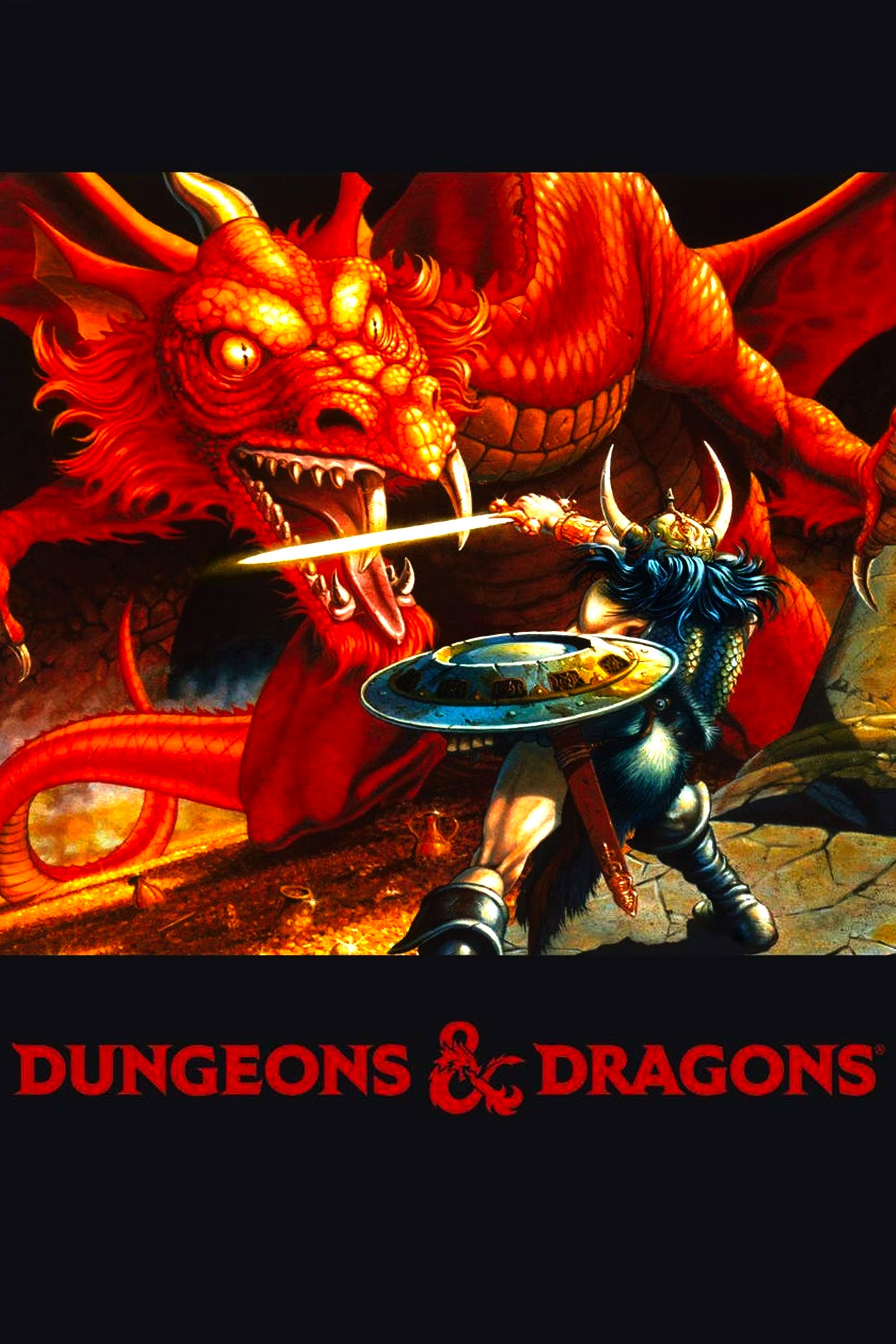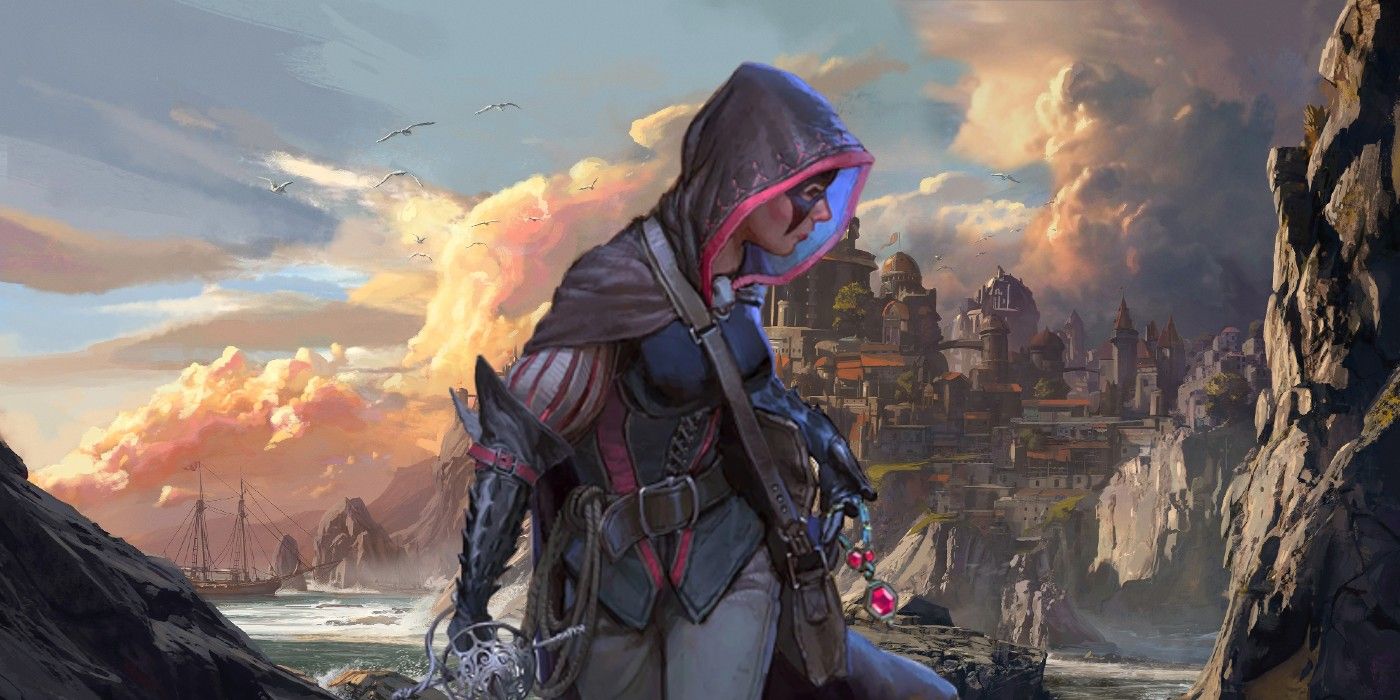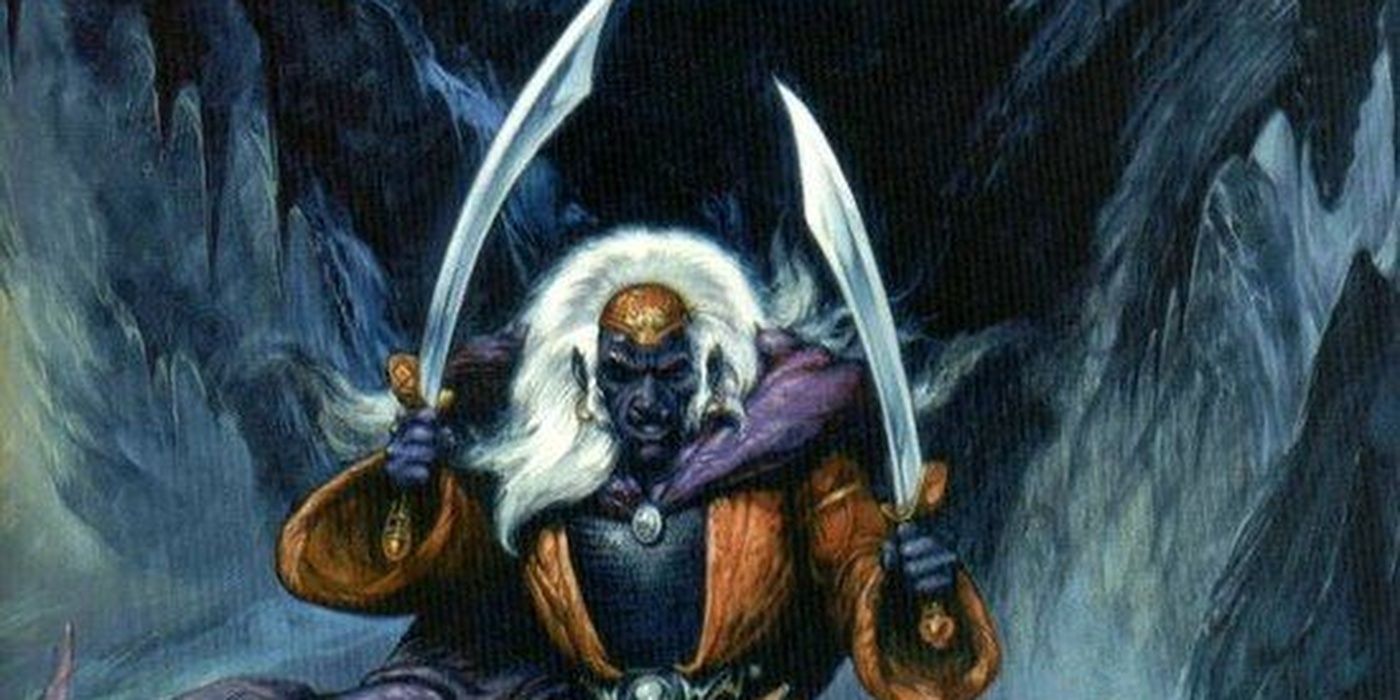
There are a lot of suggestions that groups should reach into the history of Dungeons & Dragons to improve their games, but if enhancing roleplaying is paramount, I recommend going further back to the works of Carl Jung. Though the Swiss psychologist died more than a decade before the very oldest edition of DnD, Jung’s concepts of Archetypes, Persona, and Shadow, can do far more to encourage deeper roleplaying and rich characterization than the list of traits the 5e DnD system suggests that players pick from. Dungeon Masters can reward truly in-depth roleplay by tweaking the Inspiration system, encouraging immersion.
Though the Backgrounds of Dungeons & Dragons 5e were a welcome addition to the game, since they compelled players to think about their characters’ lives before becoming adventuring heroes, this is only one step in characterization. Knowing who a character was in the past could tell you their formative influences, but the person they have become is a more complex matter. The best literary characters have clearly defined traits audiences can readily grasp, which makes Jung’s Archetypes useful. Truly memorable characters have layers, and Persona and Shadow help players separate a character’s outward demeanor from their repressed or unconscious selves.
D&D Roleplaying Can Benefit From Jungian Archetypes
Distinguishing Persona From Shadow Gives PCs More Complexity
In some campaigns, a DnD character will change their alignment, which can be a great culmination of a character arc, but skilled players will always seek to define their characters beyond their build and alignment. Just as an author knows their characters better than they know themselves, the player should have insight into things about their character that the character is not consciously aware of. Yung’s theory separated the Persona, the “social mask” people wear, from their Shadow, which encompasses unconscious drives, primal urges and socially unacceptable desires. Choosing a Persona and Shadow in addition to Alignment will improve roleplaying.
Yung also theorized that a series of universal Archetypes permeate the collective unconscious of humanity. Whether this literally applies to modern psychology, as a practical matter, is up for debate, but it makes an excellent tool for literary works, or tabletop role-playing games. These Archetypes are easily grasped, with titles such as the Everyman, the Explorer, the Sage, and the Hero. A description of the Rebel archetype notes that it yearns for revolution or change, fears powerlessness, and disrupts the status quo to create something unique. Players can select one archetype for their Persona and another for their Shadow self.
Players may seek to avoid tired Dungeons & Dragons clichés in their characters, but a Persona and Shadow can turn a trope into a rich and complex character. A Dwarf blacksmith, for example, might have a Persona of the Creator Archetype, striving to bring their vision of enchanted weapons and armor into reality through their craft. This focus on creation is how they superficially present themselves, but their inner Shadow could be the Ruler, an Archetype that thrives on strength, authority, and strategic thinking. Tense scenes could reveal that the character thinks of allies as pawns on a chess board.
Archetypes Make Better D&D Characters
The DM Can Use Inspiration To Incentivize In-Depth Roleplaying
The 2024 DnD rules lean into Inspiration more than the 2014 version, but it remains a nebulous rule, as the Player’s Handbook suggests the DM might award it for doing something “particularly heroic, in character, or entertaining.” Inspiration can be leveraged to elevate a group’s roleplaying, when paired with Archetypes, Persona, and Shadow. If a player portrays the complexity of the pull between a character’s outward Persona, and the typically suppressed drives of their Shadow, in a scene, the DM might wish to award a form of “Advanced Inspiration,” one which can be stacked in a way standard Inspiration cannot.
From my experience, the best way to add this system to a campaign is to allow players to reach out to the DM in between sessions, where they suggest a scene from the prior session that they feel best expresses the duality of their Persona and Shadow. If the DM feels it was a good showcase of those complexities, they may award Advanced Inspiration, where if it only shows one facet or the other, it might warrant standard Inspiration. Handling this in between sessions, and at player prompting, prevents it from slowing down the game, or the DM forgetting scenes.
Getting in the habit of discussing roleplaying and character development in between sessions is a great way to keep players engaged. It can keep them thinking about their character’s perspective and growth during the week in between gaming sessions.
Some DnD subclasses ideally cater to roleplaying, as most roleplay takes place in the Social Pillar of the game. Any character can exhibit quality roleplaying, however, even if they are not socially persuasive, by highlighting the divergence between the surface level and the inner drives. Notably, the system works even without using the actual Archetype list penned by Yung. Players could draw from existing fictitious characters to serve as their Archetypes, pulling from one for their Persona and another for their Shadow. This works, so long as the player and the DM are both familiar with the fictional source material.
The Best D&D Characters Have Surprising Depth
Players Should Know Their Characters Beyond Their Surface Level Traits
If a player and the DM have played the same video games, these provide sources to draw from as well. A player might create a character whose Persona is akin to Cloud Strife from Final Fantasy 7, with his off-putting demeanor, but whose Shadow is closer to Kefka from Final Fantasy 6, an opportunistic and nihilistic schemer, ready to seize power at any cost. Well-played scenes where the lust for power breaks through the character’s façade of indifference and pragmatism might warrant Advanced Inspiration as a reward. If the player and DM lack common literary touchstones, Yung’s archetypes still work.
The oldest World of Darkness RPGs from White Wolf used a similar system, while the revised World of Darkness leaned into Virtue and Vice. These systems provide mechanical incentives for immersive, character-rich roleplaying, but nothing prevents a DnD campaign from using similar techniques. I added this system to my “fantasy heartbreaker,” and to many of my own campaigns. It may seem odd to bring up the works of a psychologist as part of character creation in Dungeons & Dragons, but the end result is far more complex and rich characters, and roleplaying which better conveys the depth of human contradictions.

- Original Release Date
-
1974
- Publisher
-
TSR Inc., Wizards of the Coast
- Designer
-
E. Gary Gygax, Dave Arneson
- Player Count
-
2-7 Players
Dungeons and Dragons is a popular tabletop game originally invented in 1974 by Ernest Gary Gygax and David Arneson. The fantasy role-playing game brings together players for a campaign with various components, including abilities, races, character classes, monsters, and treasures. The game has drastically expanded since the ’70s, with numerous updated box sets and expansions.


